The iPhone 6 Review
by Joshua Ho, Brandon Chester, Chris Heinonen & Ryan Smith on September 30, 2014 8:01 AM EST- Posted in
- Smartphones
- Apple
- Mobile
- iPhone 6
Display
As the primary mode of interaction with the phone, the display is one of the most important areas of evaluation. Of course, the methods of evaluation can be hotly debated. There is a great deal of subjectivity in this area in terms of what someone prefers. However, for the sake of color calibration our tests follow world-wide standards instead of personal preference one way or another. This means that we use the sRGB gamut and 2.2 gamma, which most content is adapted to. While AdobeRGB and other gamuts exist, these are for limited use cases and only applicable to operating systems that are aware of multiple gamuts and can dynamically switch between them depending upon the metadata of the content. In order to accurately test for how well a display conforms to these standards, we use SpectraCal’s CalMAN 5 along with a spectrophotometer for accurate color readings.
For those that are unfamiliar with the display of the iPhone 6 and Apple’s key marketing points on this new model, the improvements are mostly centered on higher resolution, contrast, and better viewing angles. In terms of higher resolution the iPhone 6 moves from the 1136x640 pixels of the iPhone 5/5s generation to 1334x750 pixels. However, this doesn’t improve the pixel density, which remains at 326 pixels per inch.
In practice, I definitely continue to notice the difference in resolution when using the iPhone 6 as opposed to the higher pixel density iPhone 6 Plus and the various Android smartphones with 450+ PPI displays. I definitely don’t find the resolution to be a problem though, as these issues only become significant to me below 300 PPI. I do think that around 450 to 500 PPI is the right place to be when balancing pixel density and power, but Apple’s choice should pay off in the form of better power consumption especially because LED backlights rapidly lose efficiency near the highest current region.
The other issue at hand is that of viewing angles. While Apple is one of the first to really talk about dual domain pixels, this technique is rather commonly used to improve viewing angles. The result is that a pair of pixels will appear to be a chevron, and overall the pixels appear to be squiggly in nature. While this doesn’t really change the readability of the display at extreme angles, colors like white no longer have noticeable red/yellow/blue shifts depending upon the angle that the display is shifted at.
This is definitely noticeable in everyday use, as the iPhone 5s could only avoid color shifting at certain angles instead of every angle. As I predicted in the launch article though, the one caveat seems to be that black has a noticeable shift towards purple in certain angles. There's also a noticeable hatching on close examination, but this doesn't affect image quality. This is definitely better than what I see on AMOLED though, as while AMOLED has much better brightness stability the color shifting is far more obvious and significant.

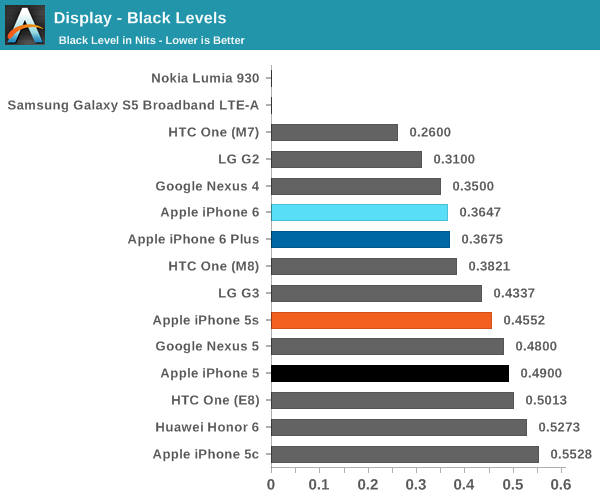

Now that we’ve covered the other two, we can talk about contrast. For this test, we measure brightness of 100% white and black at maximum display brightness, and look at the ratio. While we’re looking into getting patterns that can’t be defeated by dynamic contrast/backlight this should give an idea of best case contrast. In this case, peak brightness is on the high side at 560 nits, with relatively low black brightness at about a third of a nit. The result is one of the best contrast ratios I’ve ever seen. While the HTC One (M7) has a 1743:1 contrast ratio in our tests, some testing I’ve done indicates that the true contrast ratio is realistically around that of the One (M8). I’m not quite sure how this was done, but Apple stated that a new deposition process was used for the liquid crystals. This, along with changes to the liquid crystals themselves, could be responsible for the improved contrast.
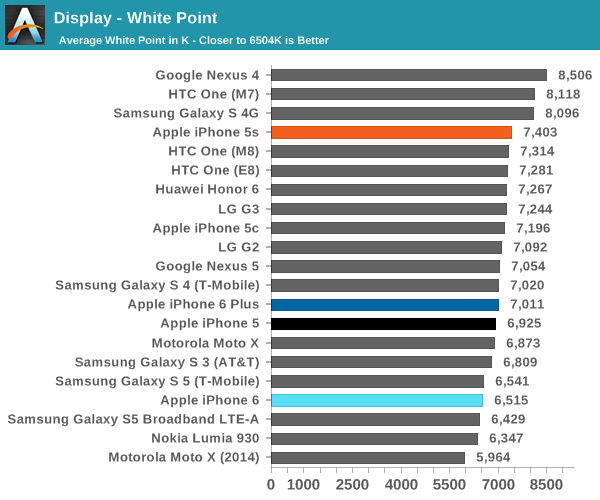
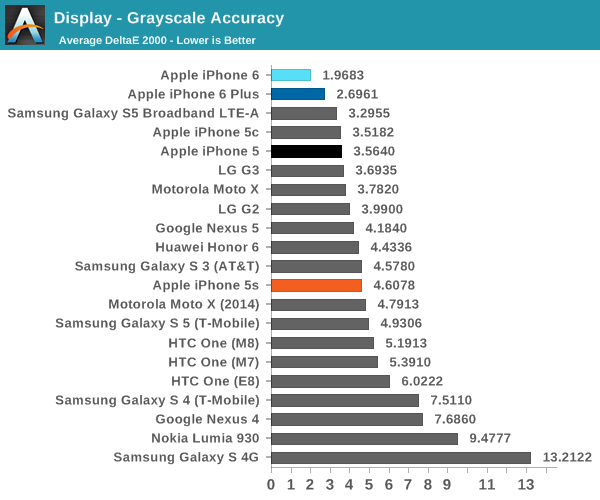
The next part to talk about is grayscale, which is an area where Apple seemed to prefer bluer color balances. I don’t really have much to pick at here, because the level of calibration here is incredible. While there is a noticeable trend of overshooting red at the low end and undershooting red at the high end, this is nitpicking at best. At any rate, this is essentially perfect.
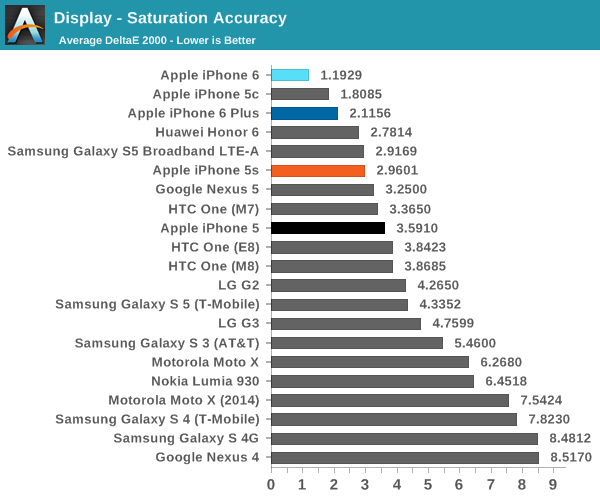
Our next test is the saturation sweep, which tests each primary and secondary color for accuracy in hue and luminance. While it’s true that humans can be relatively insensitive to differences in saturation, it is all too common to see OEMs artificially compress saturations to have vivid colors and be able to claim that they have an accurate display because it matches the sRGB gamut. In this test, the iPhone 6 sets a new record. I really don’t have any objections here because a dE2000 value of 1.19 is a deviation that is almost impossible to notice.
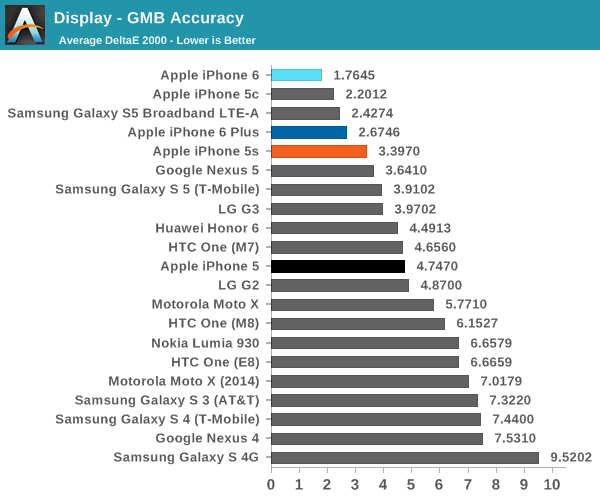
The final test is the Gretag MacBeth ColorChecker, which tests various hues and is usually one of the hardest tests to perform well in. In this regard, the iPhone 6 once again sets a new record for accuracy. This display is effectively calibrated to sRGB, and one would be hard pressed to find a significant deviation when compared to a reference monitor.
Overall, it’s hard to find any criticism for this display. I would normally be incredibly suspicious to see these numbers on a smartphone, but the fact that there’s a hot pixel in the center of the display suggests to me that this was not a cherry-picked unit. The fact that I find this level of calibration to be suspicious speaks volumes about how good this display is. While contrast isn't AMOLED levels of black, there are no purple smearing effects, noticeable uneven luminance near black, or any other idiosyncrasies.


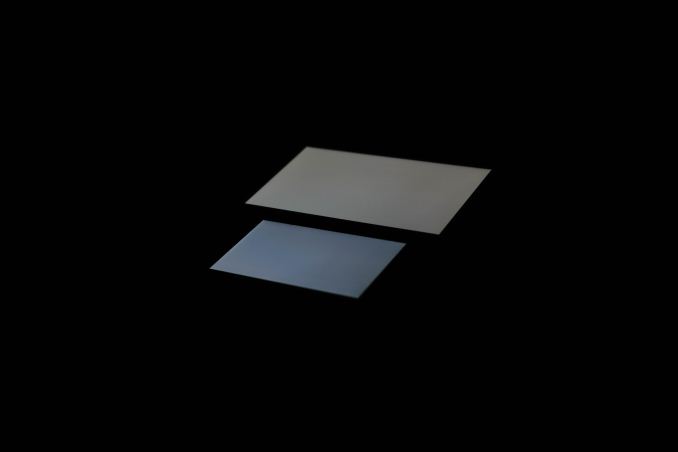
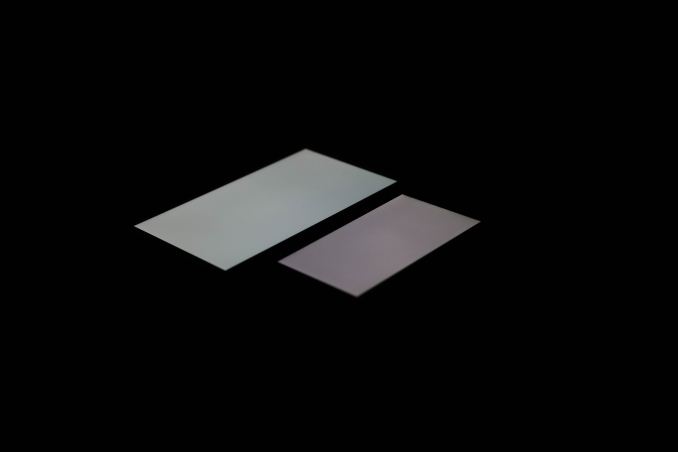
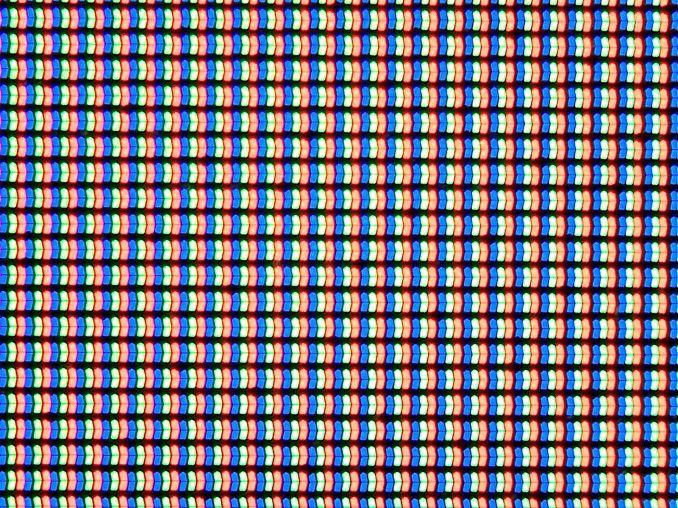

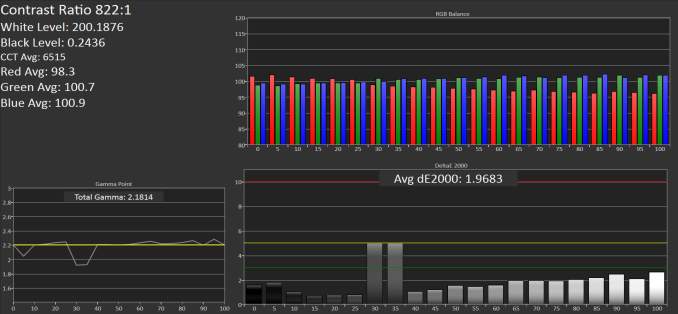

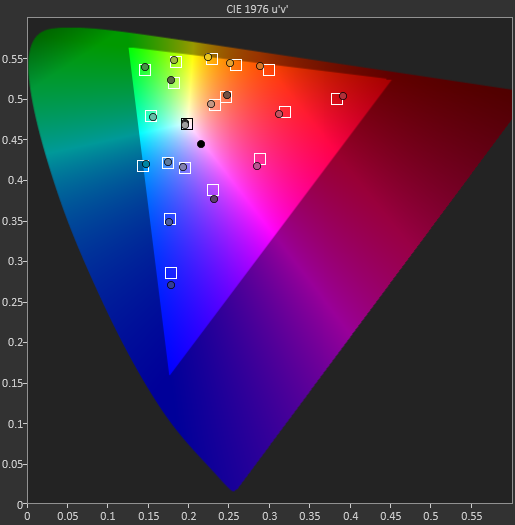








531 Comments
View All Comments
Toss3 - Thursday, October 9, 2014 - link
The browser benchmarks would make more sense if they used the stock browser on all the devices, not just on the iPhone to make it look good. The Note 4 for instance is scoring around 350ms with its own browser, while on Chrome it is only seeing 800ms. The results should also be in a separate "Web-browsing performance" section instead of the CPU performance one.thackr - Thursday, October 9, 2014 - link
Does anyone else see the green dot lens flare shown here on their iPhone 6? http://www.alternapop.com/2014/10/02/iphone-6-lens...The0ne - Friday, October 10, 2014 - link
"At this point, it’s not really possible to revolutionize the smartphone..."Stopped when I got here. I don't usually cuss but you have got to be shtting me for making such a statement. In your effort to try to write a unbiased review you are already stating that for whatever the reasons the phone may lack it is because nothing can be improve so it's a great phone. I officially hate all your Apple reviews now. This is sickening for any professional engineer to digest.
JC86 - Friday, October 10, 2014 - link
@TheOne: Engineers are constantly tweaking and refining the software and hardware for a better UX and that refinement is great but the bottom line is the modern smartphone as we know it have not had any revolutionary advancements in years. It's a mature product category, plain and simple.tralalalalalala40 - Friday, October 10, 2014 - link
So you're one of those that thinks cars are changing massively every year. "THE BRAND NEW REVOLUTION IS HERE FOR A LIMITED TIME"sgmuser - Sunday, October 12, 2014 - link
"and how Apple’s SoC development is now synchronized with the very edge of semiconductor fabrication technology." You are not kidding right! :-) Comparing Intel's 14nm chips, I still believe Mobile phone SoCs are not coping up with the latest tech. m2c. Samsung (with Exynos) atleast jumped a bit...comparing QC SD or Apple Ax series.Pandian - Sunday, October 12, 2014 - link
Actually, Intel is not in making chips, 14nm or 20nm, for cell phones at large! Such a big company with capacity to supply designer boards to any manufacturer in the handheld 3inch or 12 inch device - and still staying away!Pandian - Sunday, October 12, 2014 - link
Compare these - Apple, etc. and All Pharma! 2-5% on actual R&D by pharmaceutical companies, (esp., the ones pricing cancer and Hepatitis C drugs) and about 95 % on marketing (read bribing the Medical industry - that includes "respectable life-saving Doctors") - vs 20-50% profit by tech companies (Apple, Samsung, Lenovo, HP, etc.) on products made from R&D from this decade! Without the slave labor of China and such countries, even that profit is not possible! Today's pyramids and Taj Mahals!Drugs: Most of these drugs were "discovered" decades ago in govt. research facilities - somehow, they are private intellectual properties today! Even anti-helminths (drugs for cattle parasites) costing ~$1-10 for 1000 pills, suddenly cost up to thousands of dollars each pill, because their anti-cancer capacities were "discovered" as side-effects! Even aspirin, made in third world countries and sold here, costs about ten times from a decade or so ago, due to price fixing!
Your life or $200,000 - pay-up or die, if you have cancer or Hepatitis C.
The target is larger with cellphones and computers - hence the bigger market value of the companies!
Even within the tech industry, the profit of $200-300 for each device is paid once every three years or so - the cost of gasoline for a car is more than that in 2-3 months! The actual leaches that cost the consumer are the cell and cable/satellite companies - thousands of dollars a family in a two year contract! USA still charges the highest fee for cell plans, voice, text and data - taking a bite at each end of the link, i.e., the caller and the recipient!
And, we whine more about the cost of these hand-held toys - that is the purpose and use of most of these "smart" devices! Truly important communication via voice, or the equivalent of the Morse code or ham-radio, is so small - not worth taking care of while driving a 4000+lb missile at 55 to 80 mph!
Both Apple and Samsung will take a dive in the next 12 months
A millionaire on CNBC talked about not being eligible for a phone upgrade for another year - and therefore not having hands-on experience with the recently released phones, Apple, HTC, etc.! That is how you stay rich!
The post seems irrelevant! No! The basic premise of most of the posts here are about MONEY!
xmen77 - Monday, October 13, 2014 - link
There can not be "ideal 6500k" if the other LCD in this all badalso
phonearena.com/reviews/Screen-comparison-iPhone-6-vs-Galaxy-S5-vs-G3-vs-One-M8-vs-iPhone-5s_id3810
this is "ideal 6500k"?
thrasher32 - Tuesday, October 14, 2014 - link
Yeah I'm just gonna say it: Apple is the Bose of mobile electronics, only those who don't know any better buy that junk. Hey it's your money feel free to waste as much as you like.